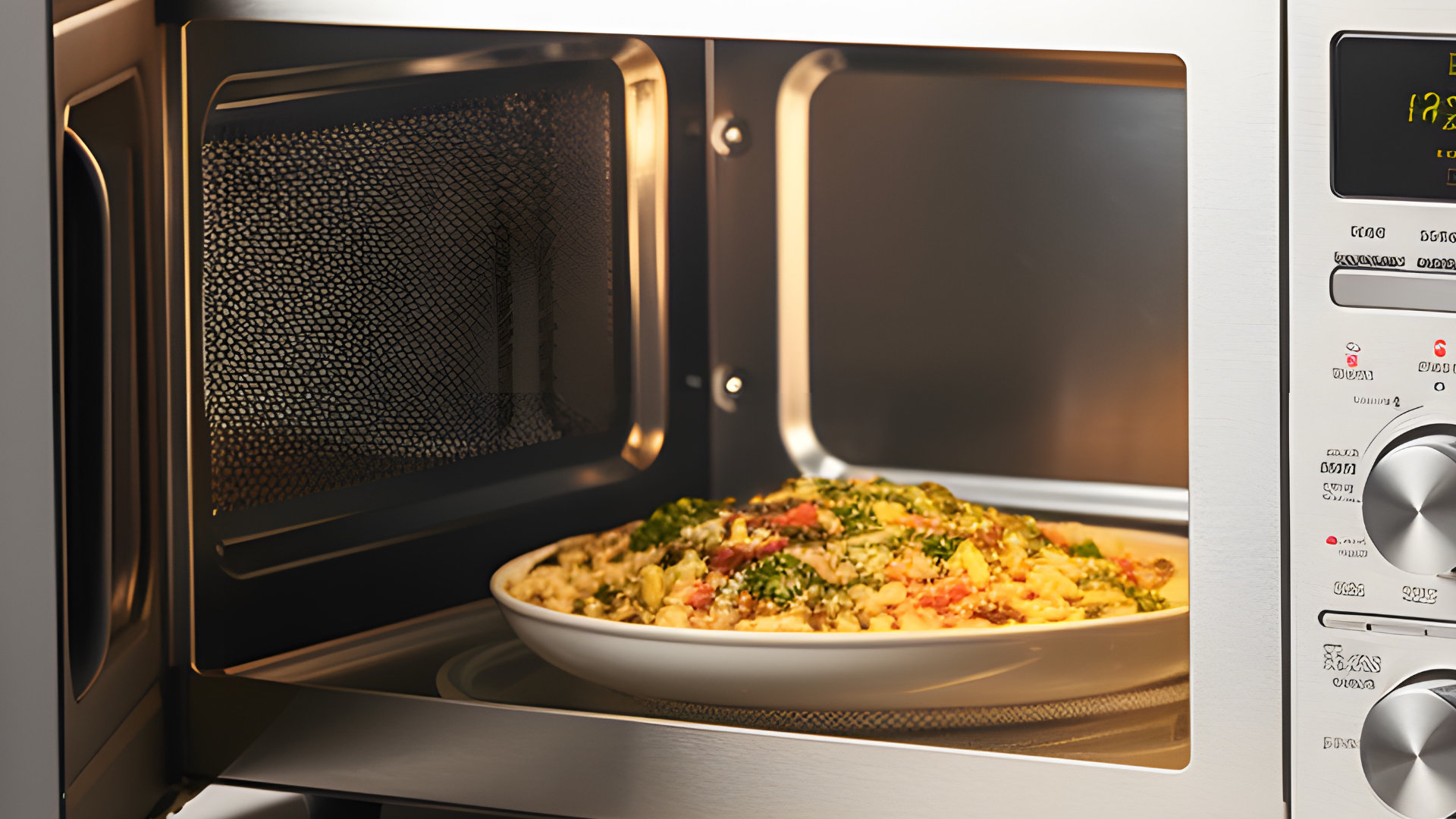
When you’re hungry and need a quick bite, a microwave is a convenient appliance that can save you a lot of time. However, what if you press the start button, the microwave dings, and the microwave hasn’t heated up your food? It can be frustrating when you encounter such a problem, especially when you’re in a hurry.
Before you toss out your microwave and start looking for a new one, you might want to look at some common reasons your microwave is not heating up. In this blog post, we’ll address some of your concerns and help you determine why your microwave is not working correctly.
Power Issues
The first thing you’ll want to check is if the microwave is getting power. Make sure it’s plugged in, and the outlet is functioning correctly. Checking if the clock and display are working correctly and that the buttons make their usual sounds when pressed is a great first step. If all is quiet and dark, check the power cord.
Sometimes, circuit breakers or fuses can trip, causing an electrical fault. If this is the case, reset the circuit breaker associated with the microwave or replace the fuse as necessary. Make sure to follow safety guidelines carefully, like unplugging the microwave before you start working on it.
Please note that any of the next repair steps will involve disassembling your microwaves. Microwaves have an extremely high voltage and can carry the risk of electric shock even when unplugged. We recommend consulting a repair professional to conduct any repairs.
Faulty Door Switch
A faulty door switch might also be a reason your microwave isn’t heating. A microwave has a few switches that work together to ensure the microwave runs only when the door is closed securely. That’s that little clunk you hear when the door opens and closes. If one of the switches malfunctions, the microwave won’t work. If the door will not stay closed or does not latch correctly, replace the switches if they are faulty.
To do this, follow the instructions below:
- Unplug your microwave from the wall outlet.
- Take off the control panel faceplate by unscrewing the screws or rims of the microwave.
- Carefully unplug all wires from the control panel and take pictures of how they were connected so that it’s easier to reconnect them later.
- Locate the switch assembly, usually located on the side of the microwave, and unscrew it or slide it out of place as necessary.
- Disconnect all connectors attached to the switch assembly and take pictures of how they were connected for reference.
- Check for a defective switch using an odometer, or inspect any signs of erosion on the switch for any indication of a faulty component.
- Unscrew or unclip the faulty switch to remove it from the microwave.
- Replace it with a new one, attaching it by either screwing it in place or clipping it into position.
- Put your microwave back together again, plugging in all wiring and reattaching the control panel faceplate and any screws that were removed.
- Plug your microwave back into the outlet to test it out. If further problems persist, contact customer service for assistance.
Defective Control Board
Defective control board components can also cause the microwave to malfunction. If you suspect a defective control board, follow the same steps as above except:
- Unplug all wiring from the control board and take pictures of how they were connected for reference.
- Inspect any signs of corroded or burned parts on the board that could indicate it is faulty.
- If necessary, remove the control board from the microwave by unscrewing it and then replacing it with a new one.
- Reattach any removed wiring and plug your microwave back into the wall outlet to test it out. If further problems persist, contact a professional for assistance.
- Additionally, if you notice any flickering of lights or strange noises coming from the microwave, it may indicate a defective capacitor or diode. These parts can often be replaced individually and do not require replacing the entire control board. However, if you are uncomfortable with attempting to fix these components yourself, contact customer service for assistance.
- Again, since these components can carry very high voltage currents, we recommend you have a repair professional conduct the repairs.
Faulty Magnetron
Another point to investigate is the magnetron. The magnetron is the component that provides the microwave with the necessary electromagnetic energy to heat the food. If it fails, then the microwave won’t heat up your food. You’ll need to have a professional take a closer look if the magnetron is faulty since the repair can be dangerous and requires special equipment.
Defective High Voltage Diode
Another critical component to check is the high-voltage diode. The diode plays an essential role in converting the A/C power from the transformer to the high-voltage D/C power that the magnetron needs. If the diode is faulty, then the microwave won’t heat up the food.
If the diode is faulty, given its proximity to the magnetron, you will need to have a repair professional conduct this repair for you.
Burnt Out Parts
Finally, checking for burnt-out parts is crucial. The capacitor or transformer can sometimes burn out, especially if you run the microwave for more than its intended period or with nothing inside. Burnt-out components can impede the microwave’s ability to heat, and you may need to replace them to get your microwave working again.
If your microwave isn’t heating up, the reasons can vary from power issues to faulty components. Most of the time, the fault lies with the door switches, power source, or a loose connection.
However, you should also know when to call a professional expert to fix the microwave. It’s essential to follow safety guidelines and avoid tampering with the microwave’s components if you’re not sure what you’re doing.
We hope the above information helps you troubleshoot your microwave’s heating problem. With a little bit of effort, you’ll be enjoying your warm meals once again.

Your Guide to Whirlpool Microwave Replacement Parts

What to Do When Your Kenmore Dryer Won’t Start

How to Resolve the LG Washer LE Error Code

Why Does My Oven Smell Like Gas? Causes and What to Do

Maytag Dryer Not Heating? Here’s How to Fix It

6 Common Reasons Your Speed Queen Dryer Isn’t Heating

8 Reasons Your Samsung Refrigerator Is Not Cooling

9 Most Reliable Washer and Dryer Brands

How to Get Ink out of Your Dryer the Easy Way

Why Is My Fridge Making Noise That Stops When the Door Is Open?

Frigidaire Refrigerator Error Code H1: Causes & Solutions

How to Clean a Dryer Vent Without Moving the Dryer

9 Reasons Your LG Refrigerator Isn’t Cooling

LG Refrigerator Not Making Ice? Here’s What To Do!


